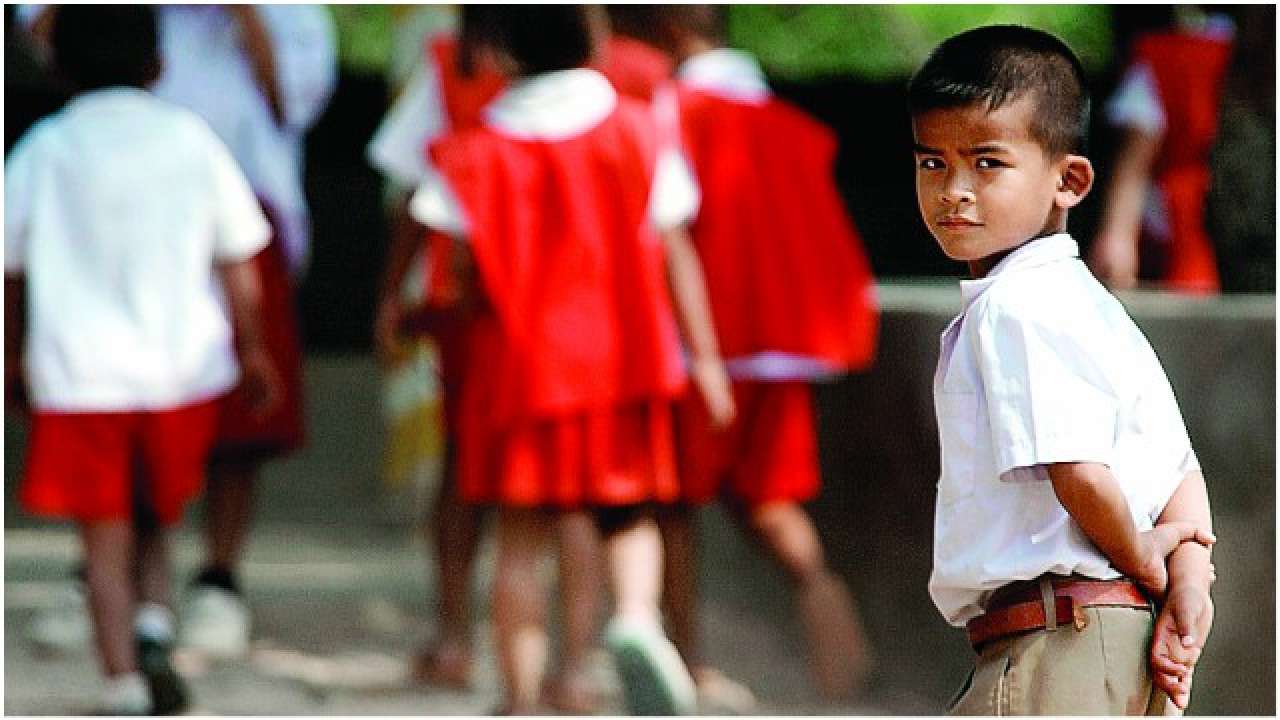
Nearly 14 years ago, one of my weekly 'high' moments used to be the two-hour long video conference with promising students of the state. These high school kids would share their innovative ideas and breakthroughs across various subjects. These sessions were interactive, with top-class mentors at our end, who would guide and enthuse these students too. The experience inspired me, gave me my share of positive 'highs' to cope with the blues and battles of the week.
Every now and then, one bumps into some of these youngsters who have started work or research. They recognise me and express their gratitude for those sessions that recognised their ideas and inspired them. A few months ago, I met Karan Jani, a scientist at the Georgia Institute of Technology, working in Relativistic Astrophysics, with the Laser Interferometer Gravitational wave Observatory (LIGO) team. He shared that after high school, he chose to pursue a Bachelors in Physics at a top university in Gujarat. However, it lacked real life role models and a stimulating academic environment. These factors, along with the social 'down-casting' of pure sciences, made him move to the US to pursue his passion for supercomputing in Astrophysics.
Nearly a year ago, when the historic discovery of G-waves happened, I had written about it in this column- "G-waves in the present instance were emitted from the merger of two black holes. One black hole was as heavy as 29 suns, while the other had the mass of 36 suns. They orbited each other, about 1.3 billion light years away. As the two black holes collided with each other, a portion of their combined mass was converted into energy, as given by Einstein's famous E=mc2 formula. This energy was emitted as a strong gush of g-waves, christened 'chirp' that was detected by LIGO."
Earlier this month, Dr Weiss, 85, Dr Thorne, 77, and Dr Barish, 81, architects and leaders of LIGO, were awarded the Nobel Prize for Physics. The kingdom of science calls for a phenomenal penance of patience. It took exactly 100 years for Einstein's prediction of g-waves to be actually observed. Dr Weiss considered the award as recognition of his work of about a thousand people over, "I hate to say it - 40 years."
Given this phenomenal breakthrough and achievement, two questions come to my mind. I was wondering if such brilliant scientific minds, including those who are in their seventies and eighties, could inspire, nurture and mentor young minds? Also, can prizes such as these be considered for the entire group of a few hundred or thousand team members spanning several decades across several continents?
I discussed this with Prof Shashank Chaturvedi, the outstanding scientist who heads the Institute of Plasma Research (IPR), right here in Gandhinagar. IPR is incidentally, one of the key partners of the Indian LIGO, which should be up by 2024. He responded, "By the time scientists retire, their knowledge gets recorded in scientific papers. But the public, and children in particular, never get to know of the excitement they feel about their work. It is equally important to publicise new scientific amp; technological challenges on the horizon and absolutely new applications of existing knowledge. Scientists retire at 60-65 years of age, still having 15-20 years of active life before them. This is a vast untapped pool in India. A focused national programme, organising them to communicate with school children in classes 8-12, would do wonders for attracting talented youngsters into the science & applied science fields, making India a technology powerhouse within a generation."
On these lines, can we aspire to create spaces for identifying and mentoring this talent to pursue its passions with tremendous patience, some dispassion to the outcomes and more compassion
towards nature, to sculpt and drive a new India?
The author is a Harvard-educated civil servant & writer, and has worked in the education sector
jayanti.ravi.dna@gmail.com